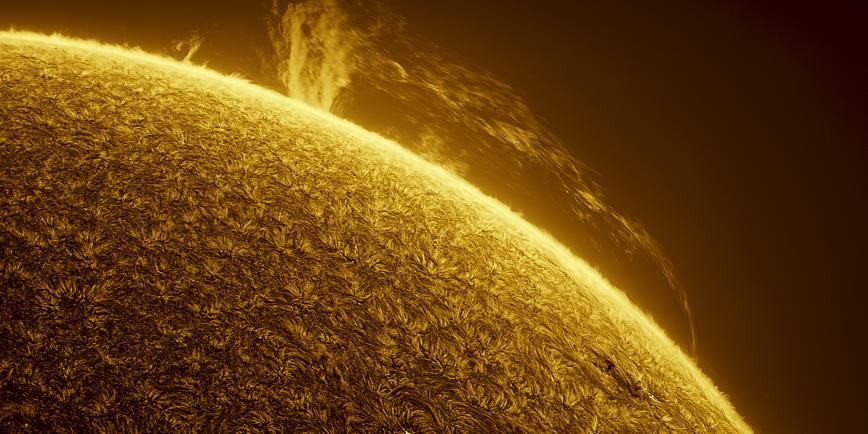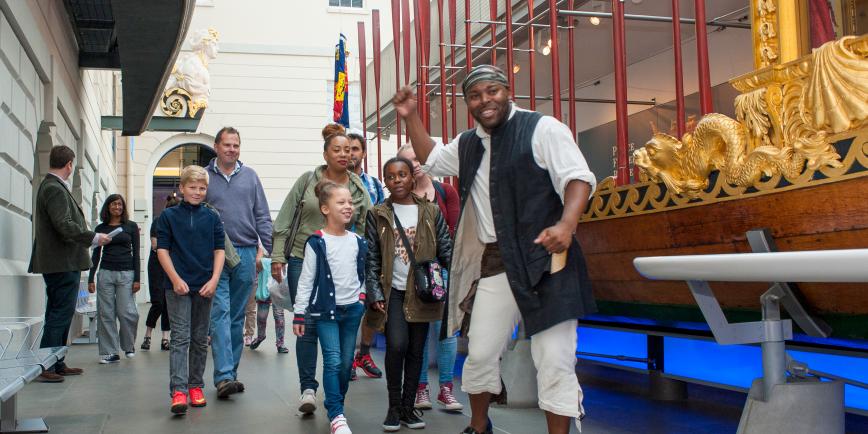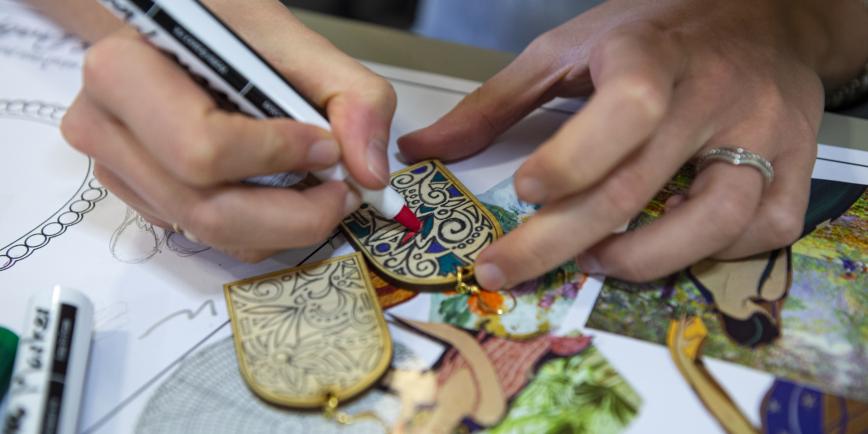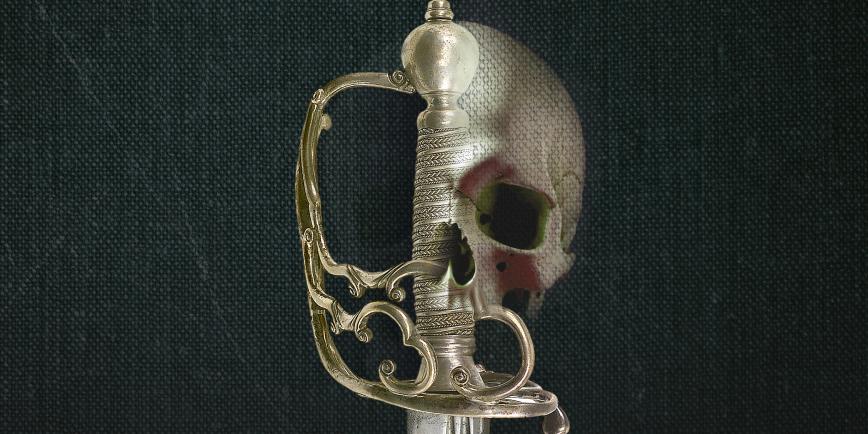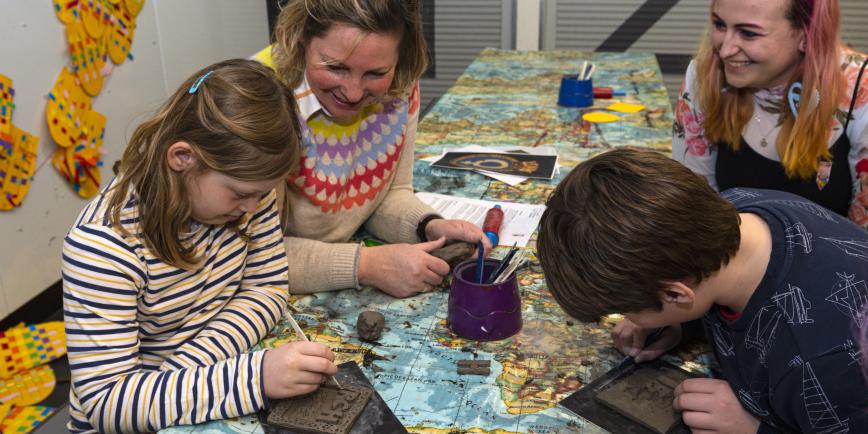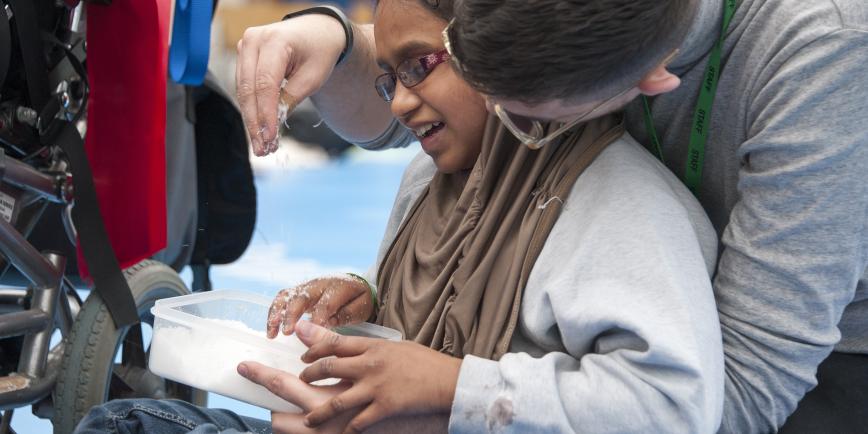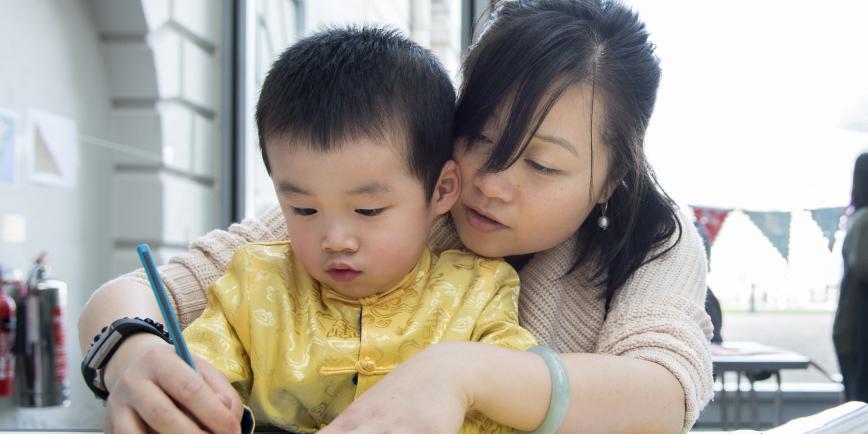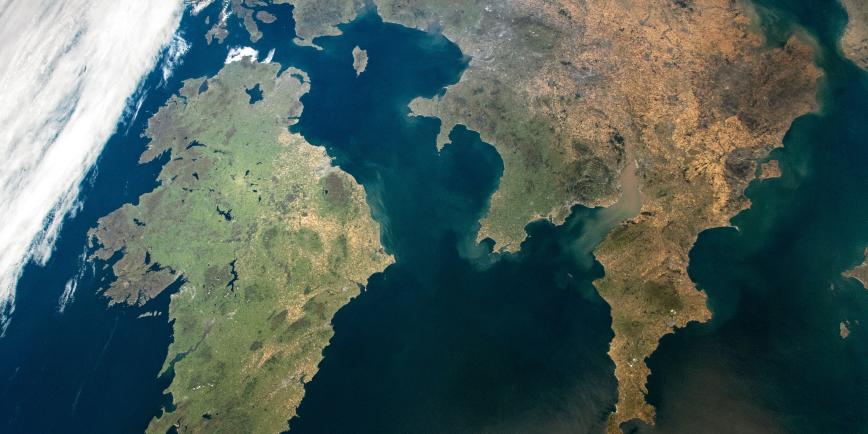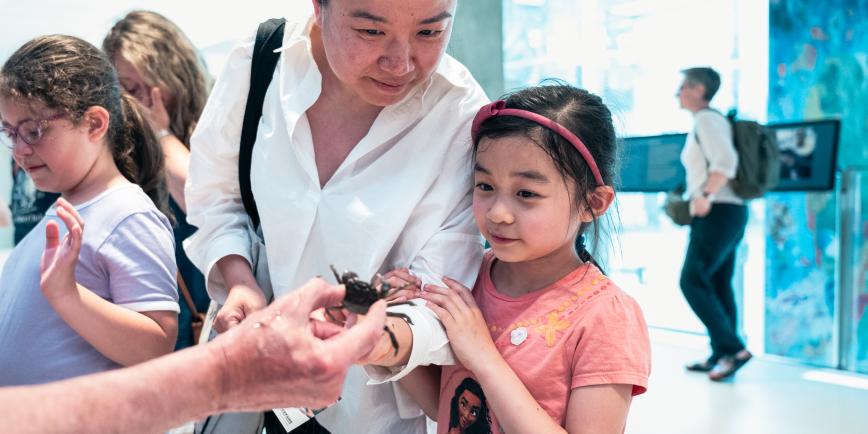
Essential Information
| Type | Conferences |
|---|---|
| Location | |
| Date and Times | 09:30-18:00 | Friday 11 November 2022 at the National Maritime Museum | Saturday 12 November at Senate House, University of London |
To access a discounted conference rate at the Greenwich Novotel, please send an email to faldous@rmg.co.uk
Every sea voyage entails the possibility of disaster. This makes the motif of the shipwreck a highly significant symbol, to which its popularity as an artistic subject in the early modern period attests. Today, the potential symbolism of a shipwreck and its contents remains key to marine archaeology. Since Plato, the ship can act as a metaphor for a state and consequently a state can also invest itself into its ships – and its shipwrecks.
Examples like the Mary Rose or the Titanic demonstrate how these structures can, in the public imagination, become era-defining symbols of certain technological or social achievements. Archaeology can reveal wondrous relics of a wreck’s active life, a snapshot of the past frozen in the moment of the vessel’s abrupt end.
The shipwreck, already a versatile metaphor, can therefore also serve as a figure for history itself. In his architectural treatise, Alberti, who dabbled in nautical archaeology when he attempted to raise an ancient ship from the bed Lake Nemi, discusses Vitruvius as one of the few survivors of a shipwrecked antiquity. In turn, Winckelmann likens the ruins of classical artworks to the fragments of a ship that can never be seen in its entirety.
In these two key moments in the history of art history, the figure of the ship signifies the suspension of time, and the shipwreck, in consequence, marks the end of an era. Perhaps it is for this reason that Jacob Burckhardt would eventually conceive of the scholar drifting upon vast seas of past and present turmoil.
As the horizons of art history have expanded beyond their former Eurocentric focus, increasing interest in processes of exchange, trade and migration have also led to the discovery of sunken treasures that are now claimed as objects of study. In this context, the shipwreck may eventually reveal itself as a guiding principle for art history written on the fragmented grounds of surviving data.
This conviction, however, demands to take into account the systemic suppression of marginalised histories, gradually resurfacing and challenging scholars to review their standpoint.
Considerations like these spark a variety of questions. What meaning does the figure of the shipwreck hold for art history, archaeology and related disciplines? Are the vessels lost at sea merely shattered cabinets of forgotten wonders that are now resurfacing? Or does the interest in them which art historians and archaeologists share with maritime historians, literary scholars and artists hold the potential to recalibrate an understanding of the knowledge produced in confrontation with material objects of both past and diverse aesthetics?
And how do questions such as these resonate in a moment in which the dangers of the voyage by sea are very real and not metaphorical at all for hundreds of thousands who desperately try to cross the bodies of water separating the Global South from the Global North?
Organisers: Dr Caspar Pearson (The Warburg Institute, University of London), Dr Johannes von Müller (Christian-Albrechts-Universität Kiel), Andrew Choong (Royal Museums Greenwich) and Dr Imogen Tedbury (Royal Museums Greenwich)
